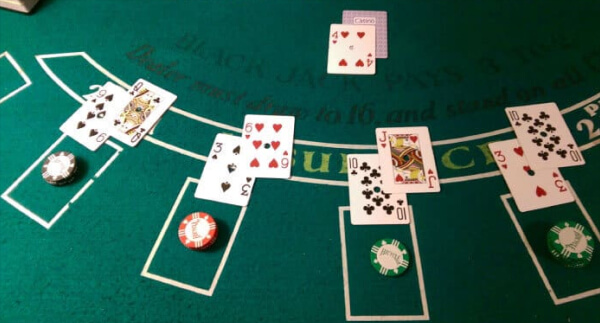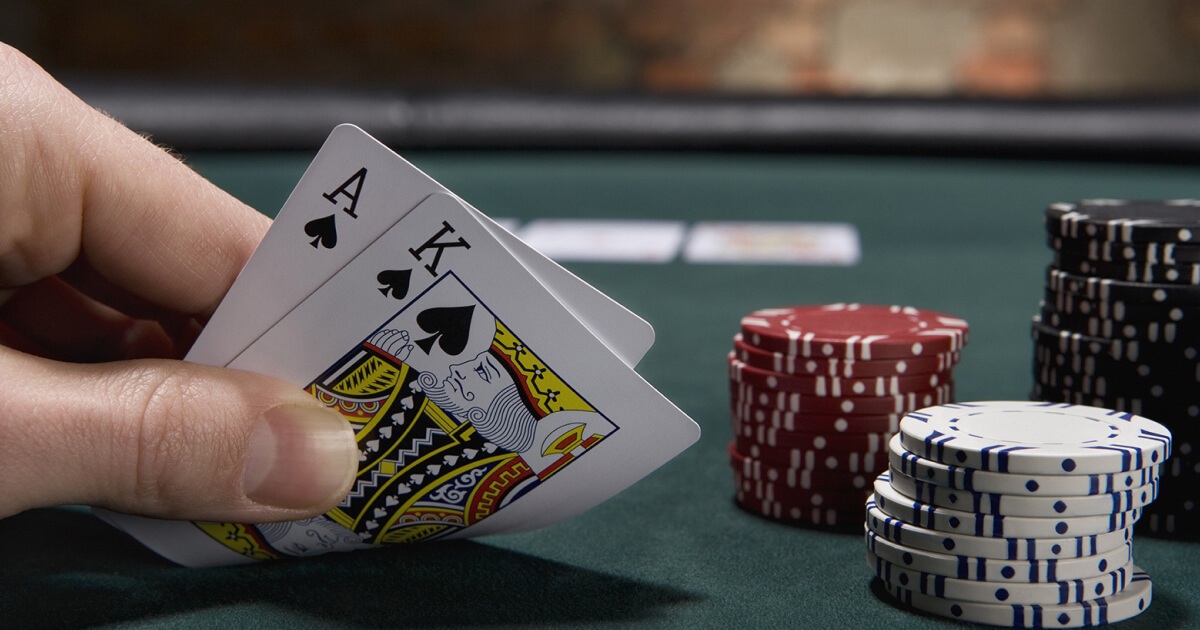The popular card game Blackjack, also called “21,” mixes aspects of chance and technique. Having a hand worth closer to 21 without going beyond it will help one to defeat the dealer. From setup to using techniques to maximize your success, this tutorial will teach you how to play Blackjack for beginners.
Here is a Complete Guide on How to Play Blackjack for Beginners
The Basics of Blackjack

The objective of the Game
Blackjack’s main objective is to have a hand worth more than the dealer’s without going over 21. Your hand goes “bust,” and you instantly lose the round if it is more than 21. Rather than against each other, every player challenges the dealer.
Card Values
- Number Cards (2-10): Face value.
- Face Cards (Jack, Queen, King): 10 points.
- Ace: 1 or 11 points, whichever benefits the player’s hand the most.
Setting Up the Game
Placing Bets
Players begin by laying chips or another kind of stake. Known as a “buy-in” or minimum stake, this first wager must be made before the cards are played.
Dealing the Cards
The dealer hands each player one face-up card and one face-down card. The dealer then presents a second face-up card to each player and one to themselves.
Also See: How to Play Blackjack: A Complete Guide
Playing the Game
Player Actions
Beginning with the player on the dealer’s left, every player chooses whether to “hit,”—take another card—or “stay”—and keep their present hand. Until they either decide to remain or bust, players may hit as many times as they wish.
- Hit: Take another card to try to get closer to 21.
- Stay: Keep your current hand as it is.
Dealer’s Turn
After all players have finished their turns, the dealer reveals their face-down card. The dealer must hit if their hand totals 16 or less and stay if it totals 17 or more.
Determining the Winner

The hands are compared after the dealer finishes their turn
- Should the dealer burst, all other players win.
- The dealer wins if their hand is closer to 21 than a player’s hand; the player loses their stake.
- The player wins their stake if their hand is closer to 21 than the dealer’s.
- If the player and dealer have the same hand value, it’s a “push,” and the player’s bet is returned.
Special Moves
Splitting
Should your first two cards’ worth match, you may divide them into two distinct hands. You have to lay another bet equivalent to your first one. After that, every hand is played independently.
Doubling Down
If you resolve to stand after just one more card, you may double your original stake. This is usually done when a player thinks one more card will provide a good hand.
Surrendering
Some casinos let players turn in their hands if they feel they have little chance of winning. The player loses half of their stake by conceding but keeps the other half.
Insurance
Should the dealer’s face-up card be an Ace, players may lay an insurance bet half their initial outlay. Should the dealer’s face-down card be a 10, this side bet pays out 2:1 and produces Blackjack. Due to their vast house advantage, it is usually advisable to avoid insurance bets, nonetheless.
Basic Strategy Tips
Stay with a Hand of 17 or Higher
Usually, you should remain if your hand totals 17 or more. You have a great chance of busting with another card, and your hand might still be powerful enough to defeat the dealer right now.
Assume the Dealer’s Down Card is a 10
Given that there are more 10-value cards in the deck than any other value, it’s reasonable to assume the dealer’s face-down card is a 10. This can help inform your decision to hit or stay.
Expect the Dealer to Bust with a Low Up Card
The dealer runs a good risk busting if their displayed card is six or below. This is so because they have to hit until they at least reach 17, therefore raising the probability of drawing a card that results in busting.
Avoid Insurance Bets
Insurance bets are usually not worth the risk, even if it would be tempting to save your lager should the dealer display an Ace. It is a less wise approach as the chances are not to your advantage.
Advanced Gameplay Techniques
Basic Strategy Charts
Basic strategy charts are tools for players making judgments based on the statistical probability of various card pairings. Given your hand and the dealer’s visible card, these charts indicate whether to hit, stay, split, or double down.
Card Counting
Advanced players use card counting, a strategy, to monitor the high-to-low card remaining ratio in the deck. Continuously tracking the given cards allows players to modify their bets and playing approach. Although this approach is not prohibited, casinos usually discourage it as it depends on fast mental calculations and strong memory.
Tips for Success
Manage Your Bankroll
Before you start to play, create a personal budget and follow it. Choose the amount you are ready to lose; never go over that figure. Proper management of your bankroll will increase your playing duration and help you prevent major losses.
Practice Online
Free variants of Blackjack are available on many internet casinos and gaming sites. Without running any actual danger, practicing online can help you become more at ease with the policies and techniques.
Stay Focused and Avoid Alcohol
In Blackjack, being sharp and making clear judgments is really vital. Steer clear of alcohol when playing as it will compromise your judgement and cause bad decisions.
In Conclusion
For players of all skill levels, Blackjack offers an interesting and thrilling experience combining chance with strategy. Understanding the fundamental guidelines, familiarising yourself with popular tactics, and honing advanced skills like card counting can help you improve your games and raise your chances of winning.
Keep in mind to enjoy the excitement of the game, control your money, and play properly. Blackjack offers many chances for entertainment regardless of your level of expertise.



